Chemistry in the Earth System
Chemistry in the Earth System integrates chemistry with biology and Earth science. Throughout the course, students apply fundamental chemistry concepts to better understand how matter and energy interact in the natural and designed world, how human activities impact Earth’s systems, and how science can be used to develop new technologies and engineering solutions.
Course topics include the nature of matter, forces and energy, atomic structure, bonding in matter, chemical reactions, equilibrium and kinetics, thermodynamics, matter and energy in Earth’s physical and living systems, energy and resource consumption, and environmental challenges.
Students discover new concepts through guided instruction and confirm their understanding in an interactive, feedback-rich environment. Scientific inquiry skills are embedded in the direct instruction, wherein students learn to ask scientific questions, form and test hypotheses, and use logic and evidence to draw conclusions about the concepts.
A variety of activities encourage students to think scientifically. Lab and Project activities reinforce critical thinking, writing, and communication skills and help students develop a deeper understanding of the nature of science and engineering. Virtual Lab activities enable students to engage in investigations that require long periods of observation at remote locations and to explore simulations that allow scientists to test predictions. In Discussions, students compare their lab or project results and exchange ideas about their investigations. Journal, Checkup, and Practice activities provide additional opportunities for students to apply learned concepts and practice their writing and scientific reasoning skills.
This course is built to Next Generation Science Standards. Throughout the course, students are evaluated via a variety of assessments designed to prepare them for the content, form, and depth of state exams.

